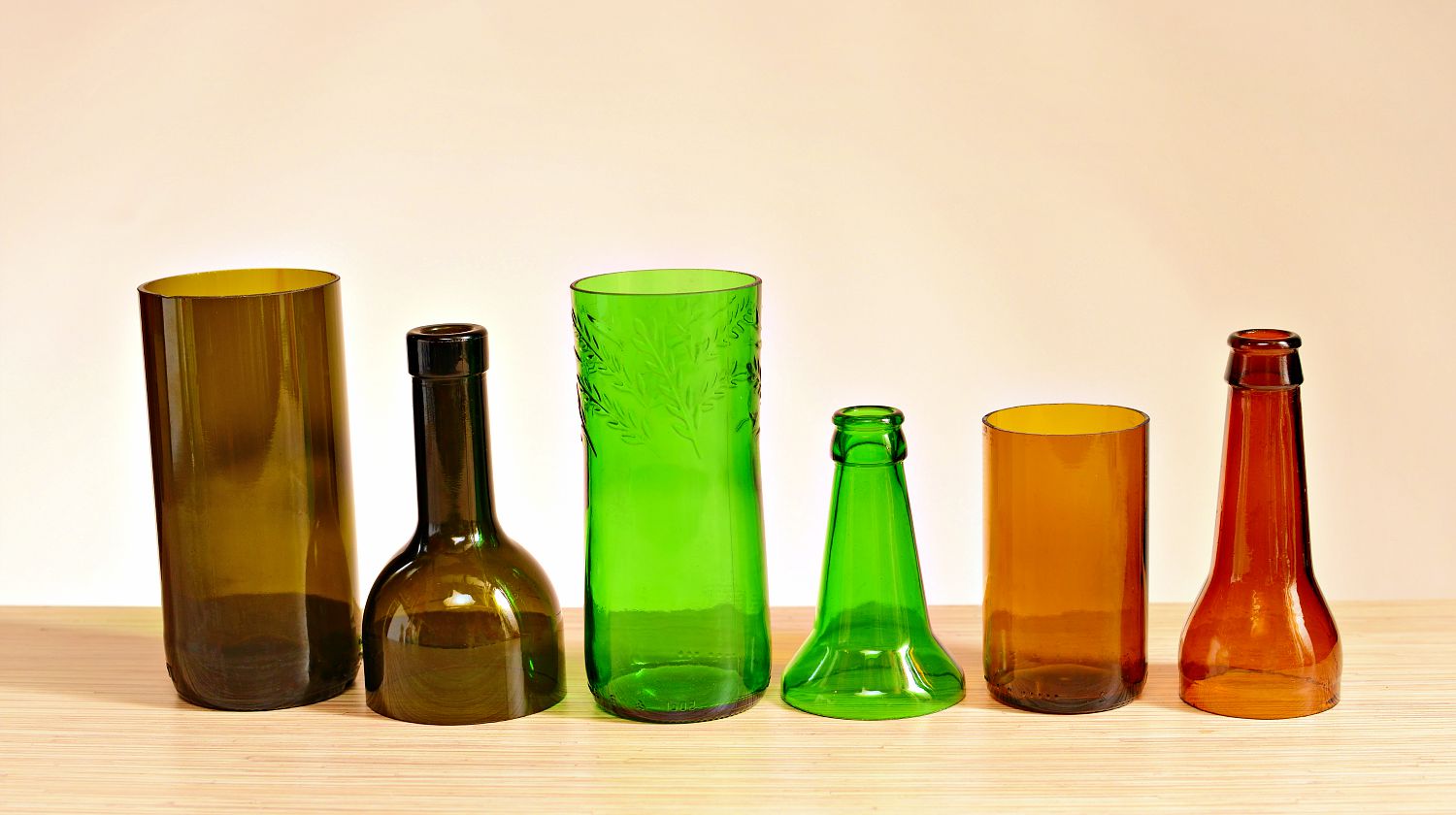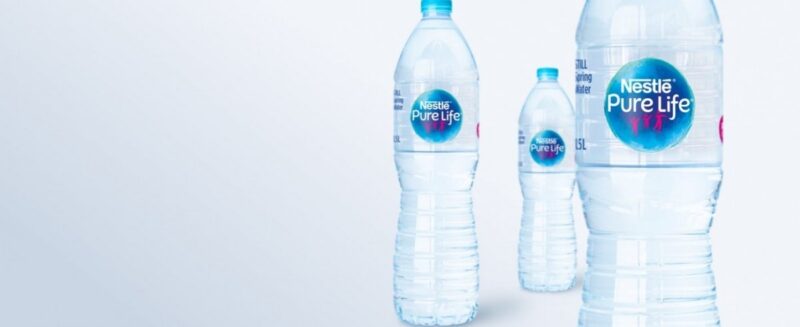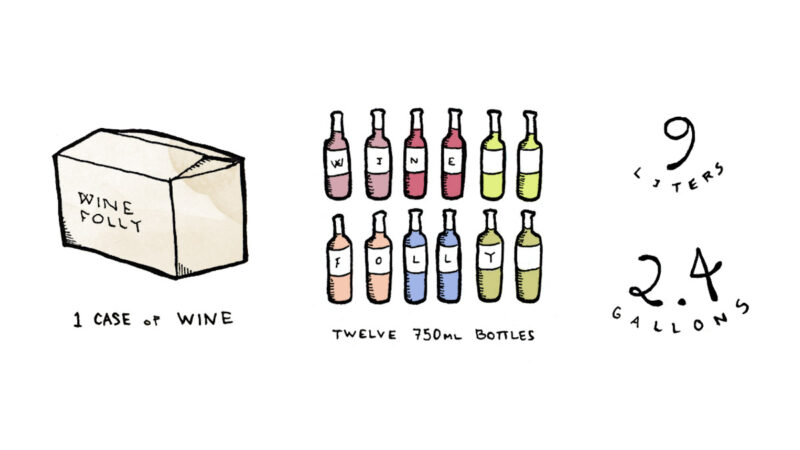Have you ever wondered how to clean old bottles and restore them back to their original beauty? So, I’ll give you my advice down below!
Knowing the best techniques for cleaning old bottles will help restore their lovely colors and sparkling appearance, whether you collect antique and vintage bottles or you just like the look of a few old treasures decorating a sunny windowsill.
Get a step-by-step instruction manual with a materials list for cleaning old bottles in a variety of ways.
Soak the Bottle
The first thing you should do when you get it home if you unearth an old bottle or discover a valuable item at a flea market or garage sale is soak it.
Soaking Materials
For this method, you need:
- Dish soap (Dawn recommended)
- Bottle brush
- Towel
Instructions for Soaking Bottles
Following these easy steps will ensure that your bottle receives some TLC. Have your dish soap ready.
- Make sure to put a towel in the sink or container to protect the glass.
- Add some dish soap and some room-temperature water to the sink. The water’s temperature is crucial because water that is much hotter or colder than the bottle itself can cause the bottle to crack.
- Give the bottle some time to soak, ideally overnight.
- Use warm water to rinse the bottle.
- Clean inside with a bottle brush.
- This will get rid of the grime that has accumulated over the years on many old bottles.
- Check your progress after drying your bottle.
Bleach Method
Many antique enthusiasts recommend bleach when cleaning grime and bacteria from old bottles.
Bleach Method Materials
The fact that bleach only requires one ingredient makes cleaning with it fairly simple.
- Bleach

Guide to Cleaning Old Bottles With Bleach
The remainder of your cleaning adventure is fairly easy once you have your bleach ready.
- One part bleach to seven parts water should be added to the bottle.
- Give it at least 12 hours to set before using.
- Repeat as necessary, then rinse.
Clean With Polident
Cleaning false teeth with Polident is highly recommended. Of course, you can also use it to clean your used bottles.
Materials for Cleaning
To clean the inside of your old bottle, grab:
- Polident tab
Steps for Using Polident to Clean Old Bottles
Cleaning teeth is very similar to how you clean old bottles with Polident.
- Water should be added to the bottle.
- Simply insert the Polident tab into the bottle.
- Let the tab do its magic.
- As necessary, rinse and repeat.
Use White Vinegar
If you just want to polish and clean up an old bottle, you can use a mild acid and an abrasive to do so.

Materials for Cleaning Inside Bottles
You should make an effort to remove all of the gunk from your bottle.
- White vinegar
- Fine-grained sand
- Rice
- BBs
- Laundry detergent
- Automatic dishwasher detergent
How to Clean Old Glass Bottles With Vinegar
It’s time to start cleaning once you have your white vinegar, detergent, and abrasive agent.
- Add white vinegar to the bottle’s capacity.
- Add dishwashing or laundry detergent.
- Add BBs, rice, or sand by dropping.
- Shake vigorously.
- Continue until all of the gunk in the bottle has been taken out.
Remove Mineral Deposits
Long-term storage of water or another liquid frequently results in the formation of a white crusty material in the form of the liquid’s minerals.
Mineral Deposit Removal Materials List
To remove these stains you need:
- Commercial limescale remover
- Towel
Instructions for Removing Mineral Deposits
The mineral deposits are frequently found at the bottom of the bottle or as a ring, or several rings, circling the bottle at different heights. There is staining on a lot of bottles that have mineral deposits. Lime scales and mineral buildups can be removed using commercially available products. On used bottles, these products usually work well.
- Add a little to the bottle where the limescale is located, as directed by the cleaner’s instructions.
- Let it sit for the advised amount of time.
- Rinse and dry.
Get Rid of Rust Stains
You need to use more powerful tools when attempting to clean old bottles that have rust stains.
Rust Stains Materials List
For these stains, you need to have on hand:
- Copper wool pad
- Muriatic acid
- Protective gear
Cleaning Old Bottles With Muriatic Acid
Rust stains that are difficult to remove are frequently found on bottles that have spent many years underground. Use this technique to get this kind of stain out of old bottles.
- Scrub the stain away with a non-abrasive cleaning pad. Generally available at hardware or grocery stores, copper wool pads are a good non-abrasive pad type.
- Use the copper wool pad to scrub the rust stain until it disappears.
- Grab the muriatic acid for tough rust.
- As directed, dilute the muriatic acid with water.
- Till the rust is removed, let the bottle soak.
- When handling muriatic acid, exercise caution and always wear rubber gloves and eye protection.
Remove Paint
The paint needs to be removed from any old bottles that have paint inside or outside in order to be cleaned. Fortunately, it’s not that difficult.
Materials to Remove Paint from Bottles
To remove paint, you need to have:
- Paint stripper
- Cork or stopper
Guide to Removing Paint from Inside Bottles
It’s time to get started once you have the paint stripper ready.
- Use paint stripper to fill an old bottle.
- Let the bottle sit for a few days with the top securely closed with a cork or stopper.
- Paint stripper should be poured out.
- Rinse and dry.
- Repeat as necessary.
Cleaning the Inside of Glass Bottles
Cleaning the inside of some good, old bottles that you want to reuse or preserve may be the most challenging step, especially if the bottlenecks are narrow.
It’s possible that bottle cleaners won’t fit through the bottle’s hole or won’t be long enough to reach the base. For particularly stubborn and clingy stains, water and dishwashing detergent also won’t work well.
Using a non-abrasive material that can reach the bottle’s interior directly is an efficient way to clean the inside of glass bottles. Simply put, these can be uncooked rice grains, salt, or sand. And this is the procedure.
- Ensure that your bottle is free of all foreign objects.
- You can place a cupful of rock salt, sand, or rice grains inside your bottle, depending on its size.
- Pour enough tap water into the bottle to make a slurry mixture. Don’t use too much water when adding salt to avoid dissolving it.
- Add some liquid dishwashing liquid or detergent.
- Shake bottle ferociously, then let the grains pass through the stains.
- If required, empty the bottle again.
Typically, the first time you clean the inside of the bottle, it is already clean. Yet another round of shaking might be necessary for some stubborn stains. You can recycle the grains you used by pouring them directly into the next bottle you want to clean if you’re cleaning several bottles at once.
Cleaning the Outside of Glass Bottles
Some bottles use paper or plastic labels that are adhered to the bottle, while others have their names or logos embossed on glass. When you want to remove the label, it can be difficult to clean the bottle’s exterior in this situation.
The labels can be removed in a variety of ways, depending on how sticky they are. Typically, removing a label leaves some traces on the bottle. so here are some ways on how you can deal with stubborn label marks.
- Pour some dishwashing liquid and tap water into a bottle and soak it. In order to prevent the bottle from breaking, make sure the water is not too hot or too cold. Scrape off the label marks after leaving for the night.
- Baking soda and vegetable oil are used as an alternative technique. Apply the mixture to the bottle’s exterior and let it sit for a few hours. Try scraping it off later with a wet towel.
- Using peanut butter might be helpful if the label mark is really difficult to get rid of and cannot be done so using the first two techniques. Rub your fingers over the label marks after dabbing some peanut butter there. The texture of the peanut butter and the peanut oil makes it easier to remove the stains.
Related Post: How to Clean Water Bottle?
Cleaning Tips for Old Bottles
There are many different techniques you can employ to clean used bottles. But bear in mind these pointers when it comes to cleaning old bottles.
- Be sure to only use bottle brushes with soft bristles when cleaning bottles.
- Hydrofluoric acid should never be used to clean vintage bottles.
- When cleaning, keep in mind the bottle’s age. For these bottles, some techniques will be too harsh.
Final Words on How to Clean Old Bottles
An old bottle with glass that is cloudy with white stains is called sick glass. This happens as a result of modifications to the glass brought on by the removal of glass components over time from the liquids contained in the bottle.
Cleaning old bottles increases their value, restores their lovely luster, and enhances their appeal as a decorative item in your home.
It’s time to give cleaning a try now that you have a few suggestions.
FAQs
What Old Bottles Are Worth the Most Money?
Some of the uses that collectors find the most intriguing, and potentially the most valuable, include bottles used to hold medicine, poison, barber products or old ink.
How Can You Tell How Old a Vintage Bottle Is?
The embossed maker’s mark or letters on the side of a bottle or on the base of a bottle will help to reveal a bottle’s age.
How Do You Remove Limescale from Glass Bottles?
Fill 3/4 of the bottle with hot water, then pour vinegar and let sit for an hour. The solution is perfect after rinsing.

















